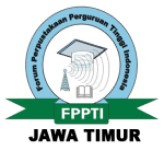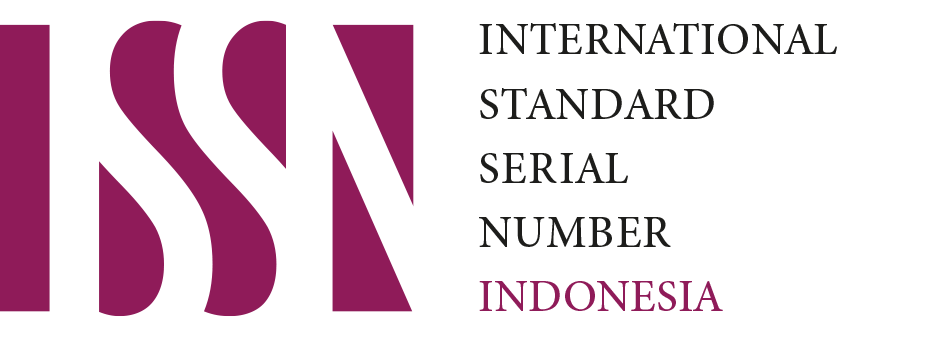Information Experience of People with Visual Impairment on Audiobook Use as Information Sources
Downloads
Background of the study: Information experience is a complex and multidimensional perpspective that sees the relationship between human and information.
Purpose: The aim of the research is to understand the experience of person with visual impairment of Braille'iant Indonesia community when they use audiobook as information sources.
Method: The research methods used was qualitative method, data collected using interview and informant were recruited through purposive sampling.
Findings: Four themes emerged related to the information experience of people with visual impairment when using audiobook. The first theme is motivation which ilustrate the motivation to use audiobook, the second themes is awareness of people with visual impairment to choose information sources. The third one is access contraints that describe how they find obstacle to find the right information sources, the last theme is determining actions of participants to take actions after obtaining information from audiobook.
Conclusion: The fourth theme shows information experience influenced by various factors and by the experience audiobook are not the main information sources used by participants.
Downloads
Beyene, W. M., & Godwin, T. (2017). Accessible search and the role of metadata. Library Hi Tech. 36(1), 2-17. https://doi.org/10.1108/LHT-08-2017-0170
Braun, V., & Clarke, V. (2012). Thematic analysis. In APA handbooks in psychology®. APA handbook of research methods in psychology, Vol. 2. Research designs: Quantitative, qualitative, neuropsychological, and biological (pp. 57–71). Washinton DC: American Psychological Association.
Braun, V., & Clarke, V. (2006). Using Thematic Anlysis in Psychology. Qualitative Research in Psychology , 334-338.
Bruce, C., Davis, K., Hughes, H., Partridge, H., & Stoodley, I. (2014). Information Experience : approaches to theory and practice. Library and Information Science, 9, 315-320. doi:https://doi.org/10.1108/S1876-056220140000010016
Gill, P., Stewart, K., Treasure, E., & Chadwick, B. (2008). Methods of data collection in qualitative reseach ; Interviews and focus groups. Journal of the British Dental Association, 204, 291-295.
Herdiansyah, H. (2012). Metodologi Penelitian Kualitatif. Jakarta: Salemba Humanika.
Heriyanto, H. (2018). Thematic Analysis sebagai Metode Menganalisa Data untuk Penelitian Kualitatif. Anuva, 2(3), 317. https://doi.org/10.14710/anuva.2.3.317-324
Hersh, M., & Johnson, M. A. (2008). Assistive Technology for Visial Impaored and Blind People. London: Springer.
Hughes, H. (2013). International Students Using Online Information Resources to Learn : Complex Experience and Learning Needs. Journal of Further and Higher Education, 126-146. Retrieved from http://emerald.com
Lundh, A. H., & Johnson, G. M. (2015). The use of digital talking books by people with prin disabilities :A literature review. Library Hi Tech, 33, 54-64.
Palinkas, L. A., Horwitz, S. M., Green, C. A., Wisdom, J. P., Duan, N., Hoagwood, K., ... Northwest, K. P. (2015). Purposeful Sampling for Qualitative Data Collection and Analysis in Mixed Method Experimental Research. Adm Policy Mental Health, 42(5), 533–544. https://doi.org/10.1007/s10488-013-0528-y
Prasetyawan, Y. Y. (2019). Pengalaman Informasi Information Experience sebuah Persepsi Komprehensif dalam Kajian Ilmu Perpustakaan. ANUVA, 101-108.
Satori, D., & Komariah, A. (2012). Metode Penelitian Kualitatif. Bandung: Alfabeta.
Siagian, S. (2002). Kiat meningkatkan produktifitas Kerja. Jakarta: Rineka Cipta.
Yusup, P. (2010). Teori dan praktis penelusuran informasi : information retrieval. Jakarta: Prenda Media Group.
Copyright (c) 2022 Toyibatul Nikmah, Heriyanto Heriyanto

This work is licensed under a Creative Commons Attribution-ShareAlike 4.0 International License.
Record and Library Journal by Unair is licensed under a Creative Commons Attribution-ShareAlike 4.0 International License.
1. The journal allows the author to hold the copyright of the article without restrictions.
2. The journal allows the author(s) to retain publishing rights without restrictions
3. The legal formal aspect of journal publication accessibility refers to Creative Commons Attribution Share-Alike (CC BY-SA).
4. The Creative Commons Attribution Share-Alike (CC BY-SA) license allows re-distribution and re-use of a licensed work on the conditions that the creator is appropriately credited and that any derivative work is made available under "the same, similar or a compatible license”. Other than the conditions mentioned above, the editorial board is not responsible for copyright violation.


 57201398420
57201398420

























